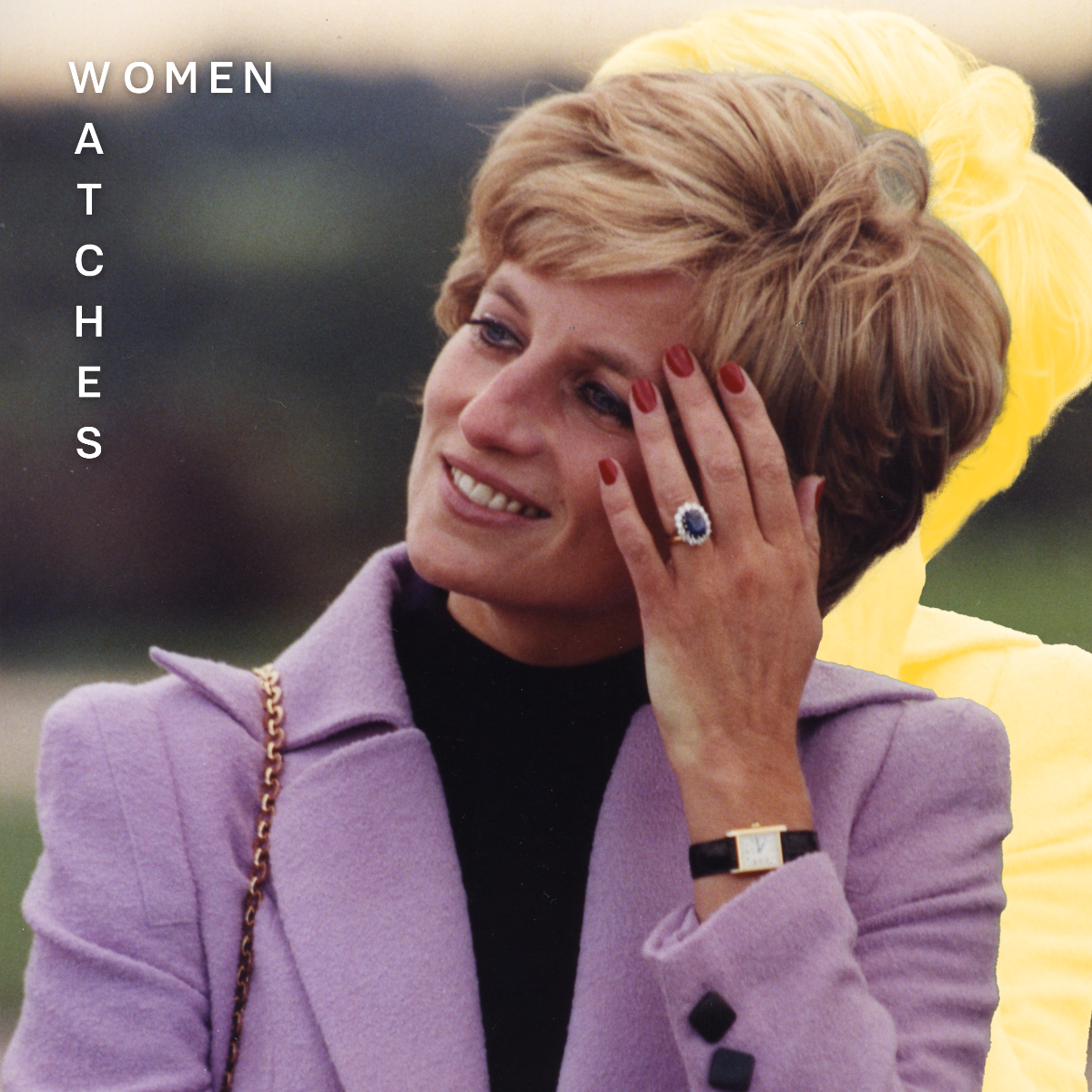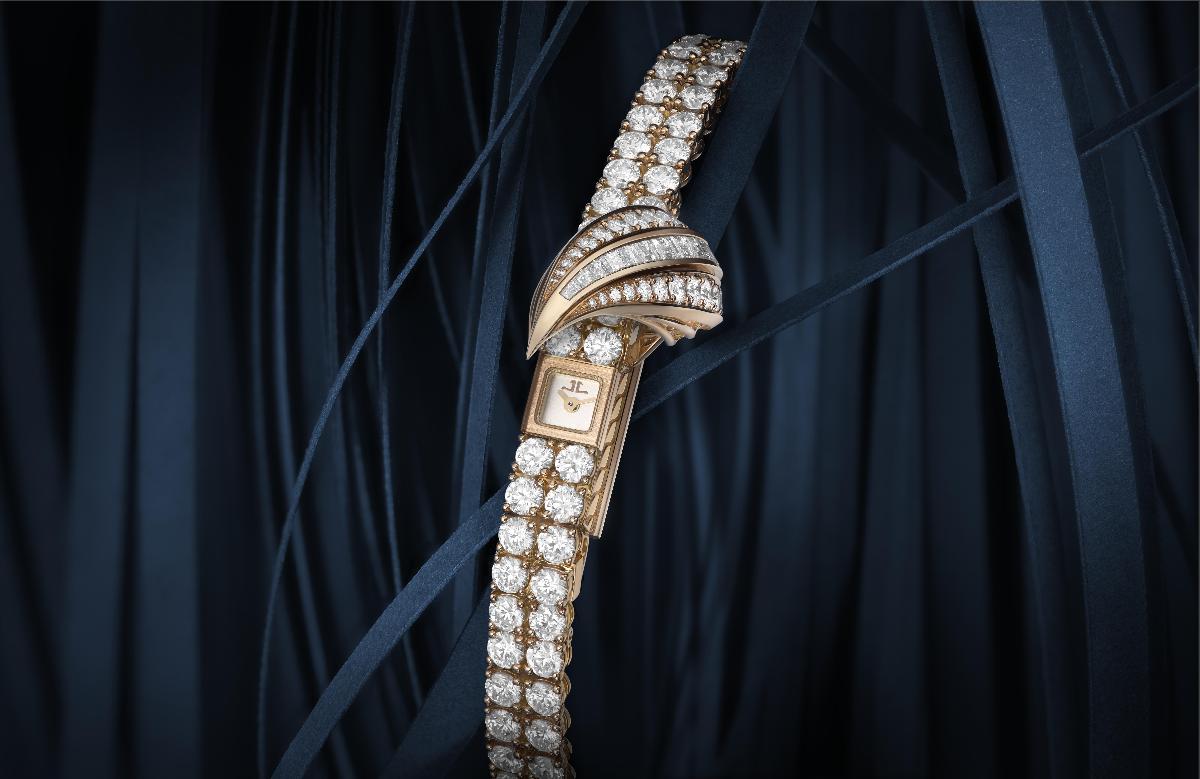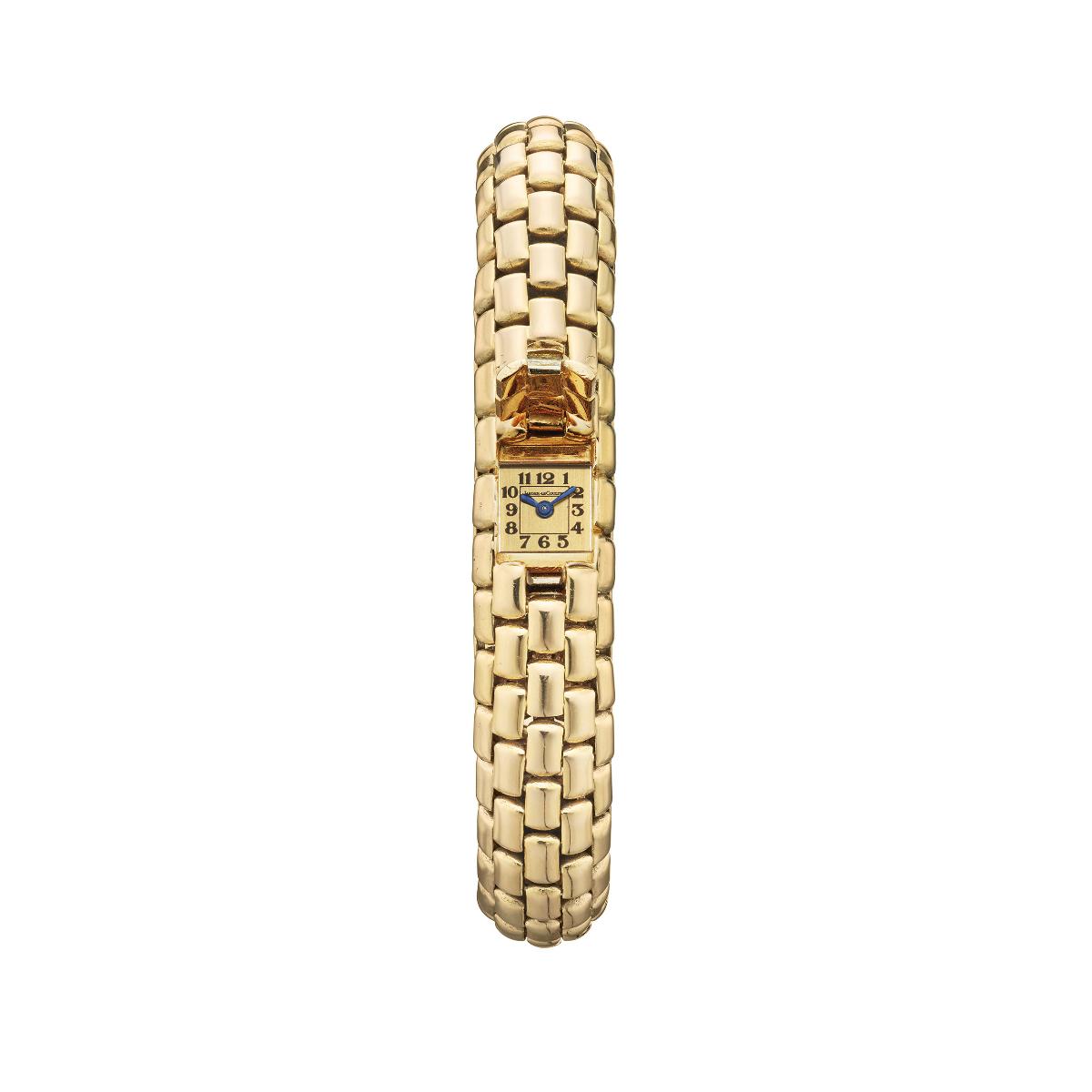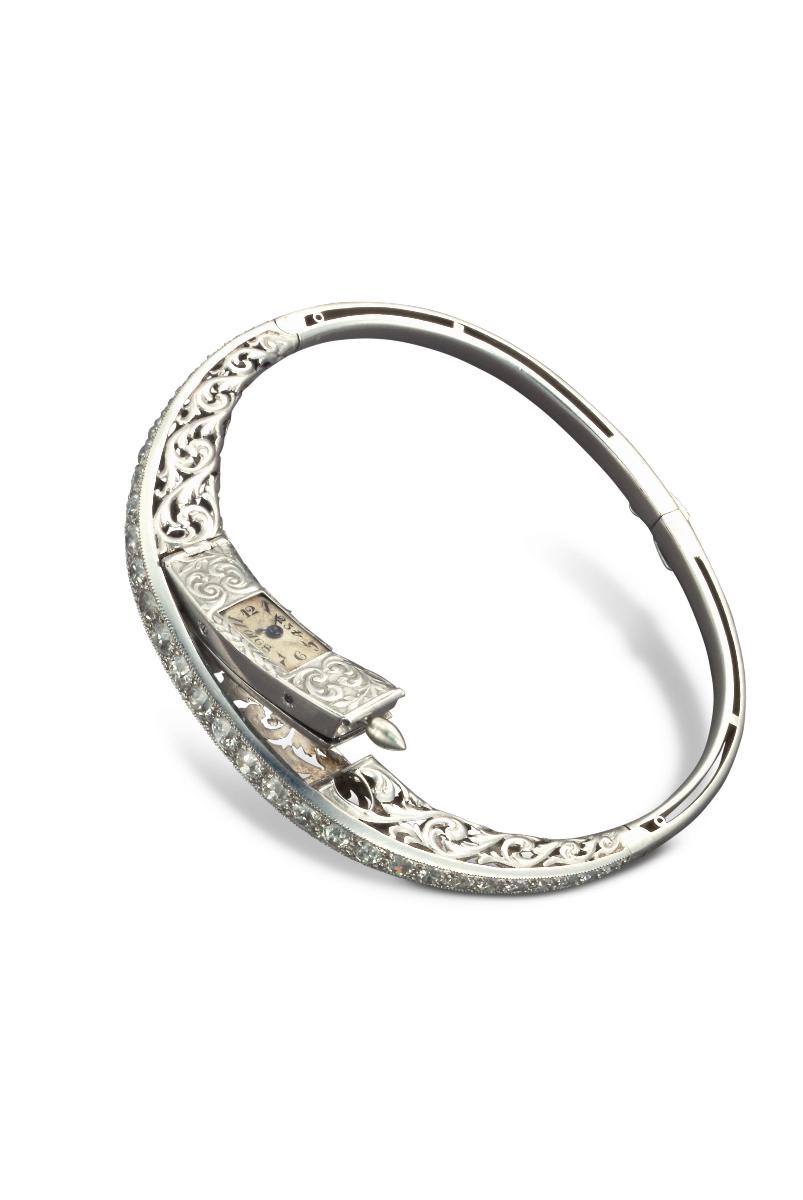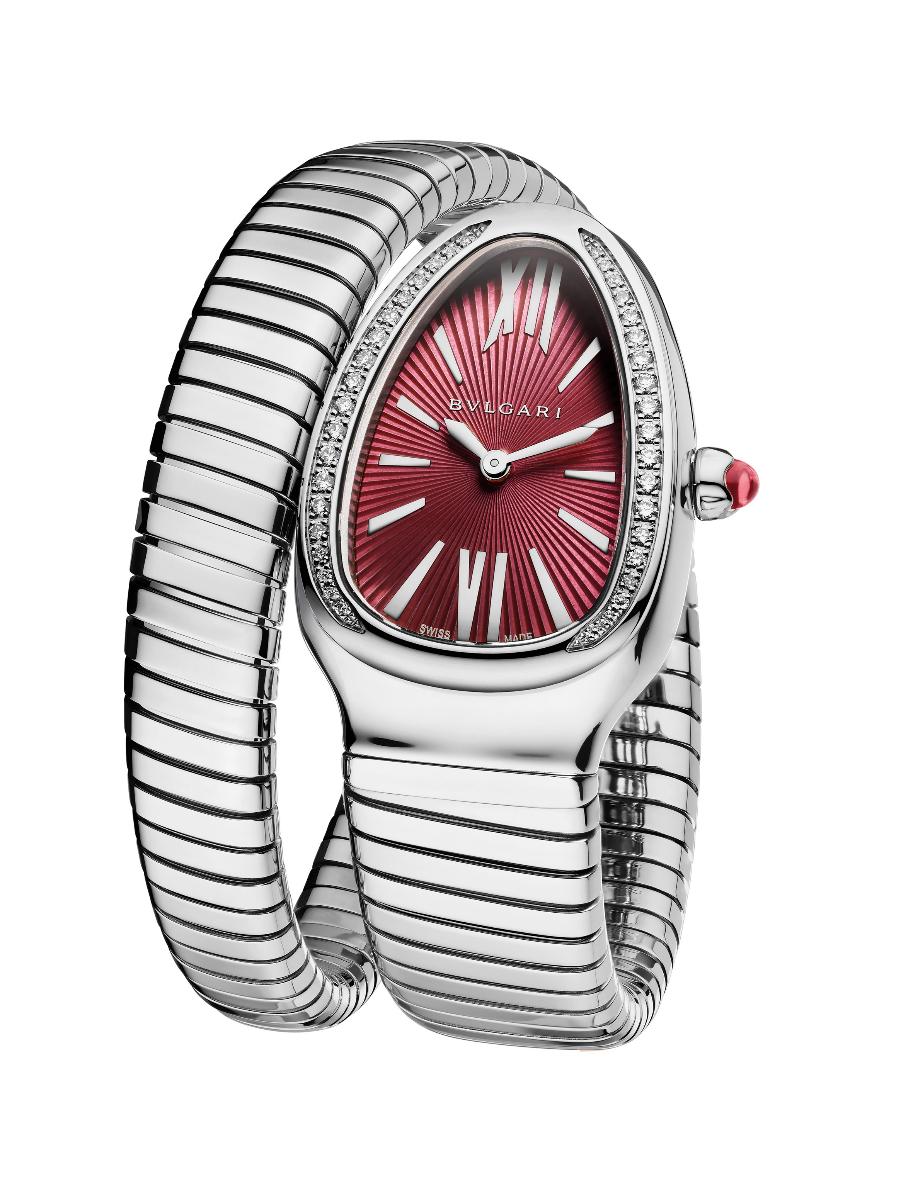While women were first to wear a watch on the wrist, in the early years of the nineteenth century and long before men followed suit for practical reasons, it would be another hundred years or so before such usage became commonplace. A consequence, in part at least, of the Industrial Revolution, the notion of watchmaking as an activity rooted in science and technology, available only to an elite, began to lose ground. With the development of interchangeable movement parts and the introduction of the first production and assembly lines in the United States, then Europe, a watch became an everyday item that more people could afford. Societal changes such as new ways of dressing and the gradual emergence of a class that valued leisure, outdoor activities and travel would dictate different ways of “wearing time”, although it would be another two to three decades before pocket watches were no longer the dominant style. What had begun in the trenches of the First World War spilled over into civilian life. The era of the wristwatch had arrived.
Women, who had nothing to envy their masculine counterparts where “pocket watches” were concerned, were already adept at ringing the changes and wore their timepieces like precious jewels, suspended from a chain, as a pendant or pinned to a gown (although their wrist remained glaringly bare). Clearly they were an appreciate audience for makers, who were quick to spot an opportunity. In which case, why change a winning formula? Given women’s undisguised appreciation of timepieces as an accessory, chosen to complement an outfit, the notion of a watch as an item of jewellery would prevail. This implied substantially smaller movements, which could only be to the detriment of precision. Still, these were the Roaring Twenties, the Art Deco era, when attitudes were changing and women were making strides towards emancipation. It was a time for boldness and certain watchmakers responded to the mood, often with watches that eschewed the traditional round case.
